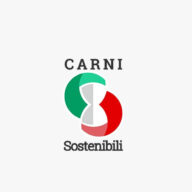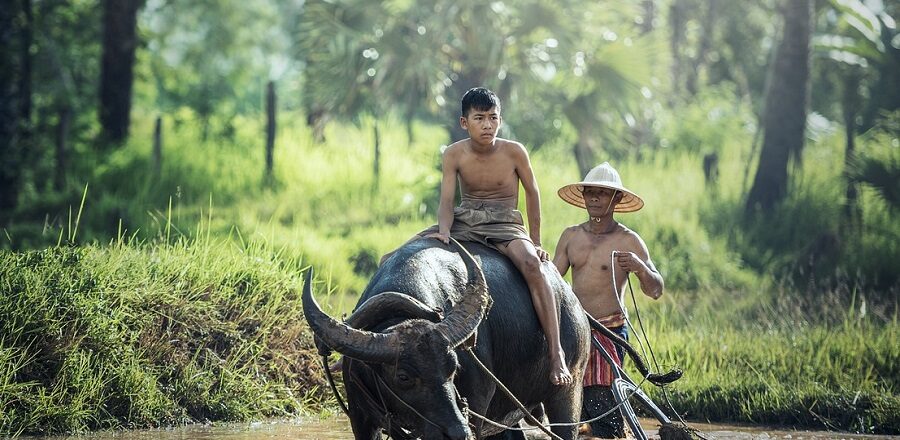
When livestock farming saves our lives
We publish Professor Pulina’s comment on a post by Barbara Nappini, president of Slow Food Italy, in which she attacks zootechnics, animal breeding, and production science.
I read (and reread in disbelief after the first reading) Barbara Nappini’s article entitled “Enough animal husbandry, it’s time to go back to the land. To nature”, published on the Slow Food blog. I was incredulous because, according to Barbara Nappini’s arguments, I was in the wrong profession, having dedicated my life as a professor of zootechnics to studying and passing on to students and breeders the knowledge of the science of breeding and animal production.
According to Nappini, I would not have made a mistake alone. Still, I would have been in the company of about a million scientists and technologists who carry out this activity throughout the world, improving the living conditions of billions of animals and their breeders and providing humanity with 38% of the proteins and 55% of the amino acids essential to life.
Probably the model Barbara Nappini has in mind is the one documented by Ermanno Olmi in the film “The Tree of Wooden Clogs“, set in a cold, poor and hungry Po Valley, where animals were subjected to the same, if not worse, deprivations as humans and shared their miserable fate. I advise Barbara Nappini to watch (or re-watch, if necessary) the scenes of the cows kept on chains (the good old days, eh?) in the stables under the houses of the farmhouses (now sold at exorbitant prices), also to soften the harshness of winter with their warmth, and to focus on the despair of the widow Runc at the unfortunate diagnosis of the vet who advises her to slaughter her only cow.
And yes, great times, the old days, if it weren’t for the fact that for most of the inhabitants of this poor, rural Italy, life was full of bitter cabbage. I am silent on the scene of the killing of the pig because it speaks for itself. Still, Olmi presents it to us with the force of a certainty that is entirely cultural and not ideological.
THE ARRIVAL OF ZOOTECHNICS
Then came zootechnics, an agricultural and veterinary practice that, from the early 1900s, began to improve the fortunes of both animals (better fed, better cared for and therefore better bred) and their breeders. The first travelling chairs are memorable, followed by the exhibitions for selling milk and meat improvers. We should remember with gratitude the industrial revolution of the 1950s, which also became an agricultural revolution and began to guarantee sufficient food, meat, milk and eggs for an ever-widening section of the population. So much so that today, as we know, we have even gone so far as to complain about so much prosperity.
Well-being has made us grow taller (see the very close correlation between height at birth and the consumption of animal products up to the 1980s) and increased the life expectancy of our compatriots. The well-being of human beings also derives from zootechnics. This science was the first to study the same aspect for animals: does Nappini know that cows in the Alps that have spent the winter in stables (indoors, well protected from frost and accustomed to their companions: could it be a case of intensive breeding?) when taken to mountain pastures, show a high level of stress, measured by the increase in hypothalamic-adrenal axis hormones and the sudden drop in milk production? Or does she overlook that, contrary to what she claims, breeders, even those in the reviled intensive farms, respect their animals to the point of risking their own lives to save them from fires and floods? If you don’t believe me, check the news to see if any farmer has risked as much to save a tractor or a barn from fire.
It would take a long time to explain the benefits that animal sciences, like all the other agricultural sciences, have brought to humanity by increasing food availability, without which the medical sciences would have been disarmed and the others completely useless.
We zootechnicians, animal science and production scientists and technologists work daily with our feet firmly on the ground and our eyes on the future to guarantee healthy, fair, sustainable and ethical food for as many people as possible. We hope that Slow Food can say the same because we do not doubt the goodness of its intentions.
Source: Green & Blue





